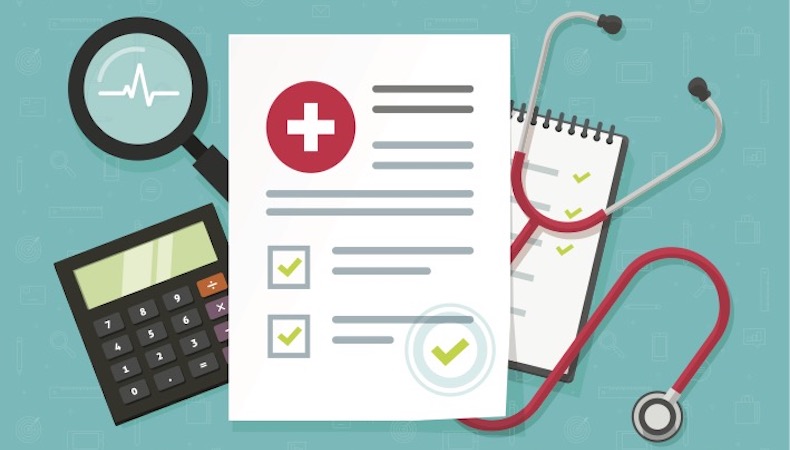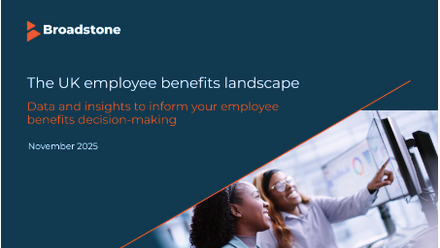How group risk benefits can help keep employees fit and healthy
According to Howden Employee Benefits & Wellbeing’s recent Benefits Design Research 2023 report in partnership with REBA, investment in employee benefits is rising as employers respond to both external and internal pressures, including talent shortages, recovery from the Covid-19 pandemic and the ongoing cost-of-living crisis.
More than six in ten employers have already or plan to improve their benefits funding, especially for lower grades and in health and protection. There is also far greater focus on benefits to prevent rather than cure illness.
The rise in investment in employee benefits was also highlighted in the latest UK group risk report by Swiss Re, which said insurance premiums reached a record £3bn in 2022, in spite of the cost-of-living crisis and the uncertain economy.
GRiD, the group risk industry body, also highlighted that half the payrolled population now receive group risk benefits via their employer, demonstrating the value placed on protecting families from the financial devastation that death and long-term sickness-absence can bring.
While traditional group risk benefits such as life insurance (death in service), income protection and critical illness do not top the list of benefits employees’ most value, because no-one thinks it will happen to them, nonetheless, they would be missed if not offered.
For employers, they are both an essential recruitment and retention tool and also form the backbone of a comprehensive employee benefits package. With enhancement in products and value added services over the years, they also provide a great way of improving employee health and wellbeing, helping to keep employees fit and healthy, returning them to health, as well as their core purpose of providing a financial safety net should anything go wrong.
The evolution of protection benefits
Group risk benefits can help employers with recruitment and retention but, importantly, help prevent major health issues.
The government is also focusing on the importance of keeping people in work – given an ageing and ailing workforce. The employer can play an important role through the use of support services, such as occupational health and group risk benefits, in its drive to attract people back into the workforce post-Covid-19.
For example, this means providing access to physiotherapists for those stuck at home with musculoskeletal conditions, mental health support for those with stress/anxiety and depression, or access to or health screening and support tools.
We are increasingly seeing a shift is the use of group risk benefits to focus on prevention rather than cure. This is an increased emphasis on keeping the workforce fit and healthy and stopping employees getting ill in the first place – delivered through enhanced vocational rehabilitation and support to stop people going long term sick in the first place.
Insurers have evolved their business models to claims prevention and offer a range of value-added products to support employee health and wellbeing, including employee assistance programmes, mental health support and online GPs, health screening, rehabilitation and dental support, to name a few services.
This approach is in everyone’s interests, reducing claims for the insurer, reducing cost of insurance for the employer, and importantly, keeping people at work where possible.
This means employers have a range of different health and wellbeing solutions at their disposal, alongside core protection benefits that can be used to look after the health of their workforce. However these shouldn’t just be seen as products, but part of a robust benefits and wellbeing strategy tailored to the specific needs of the workforce.
Review employee needs
To maximise the investment in group risk benefits, employers need to review their current benefits and understand the needs of their workforce so they can build a strategy aligned to their workforce requirements and business objectives. This includes looking at what value-added products are available and how they fit into the overall strategy.
This is a good time to review what providers are offering and checking they still represent value for money. Most offer additional products beyond the core insurances but these vary in terms of scope and application. Employers want to avoid being locked in with a provider just because they are the only one offering a particular value-added product they want.
A good benefits strategy begins by balancing the needs of the business, its employees and budget. It’s about digging into the detail and creating a plan that suits the business aspirations, and finding the most cost-effective ways to achieve them.
Supplied by REBA Associate Member, Howden Employee Benefits
Howden provides insurance broking, risk management and claims consulting services, globally. We work with clients of all sizes to provide dedicated employee benefits & wellbeing consultancy.








